Story Highlight
– MHRA includes medicine safety in school health education.
– Students learn to recognize and report side effects.
– Yellow Card scheme integrated into national curriculum.
– Initiative promotes health literacy among young people.
– Aligns with World Patient Safety Day goals.
Full Story
On World Patient Safety Day, the Medicines and Healthcare products Regulatory Agency (MHRA) has made a significant advance in safeguarding public health by incorporating medicine safety and side effect reporting into the statutory Relationships, Sex and Health Education curriculum for schools in England for the first time.
In collaboration with the Department for Education, the MHRA has embedded crucial information into the national educational framework, enabling children and young people nationwide to recognise and report side effects via the Yellow Card scheme.
This initiative empowers future generations, equipping them with essential knowledge to take control of their health and play a role in enhancing healthcare safety.
Key learning components for students include:
– The definition of a side effect
– The importance of reporting medication issues
– How to file a Yellow Card report
– The role of the MHRA in safeguarding public health
Lawrence Tallon, Chief Executive of the MHRA, remarked: “This World Patient Safety Day, we’re marking a new era in public health. By equipping young people with knowledge about medicine safety, we’re laying the foundations for a lifetime of safer healthcare. The inclusion of information on how to report side effects via the Yellow Card scheme in schools ensures every child knows that their voice matters in making medicines and devices safer for everyone.”
The updated curriculum includes direct links to the Yellow Card website and features a child-friendly guide developed with insights from over 3,500 children and young people. This guide simplifies the reporting process, making it accessible to the young audience.
This initiative resonates with global efforts to shield children from preventable harm and aligns with the objectives of World Patient Safety Day. It represents a considerable advancement in health literacy, ensuring that even the youngest citizens are informed on how to voice their concerns and stay safe.
The MHRA’s guide is now officially part of the resources available for Health Education in England, making the topic of medicine safety more approachable and practical for students.
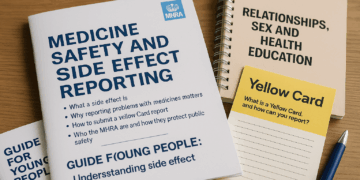












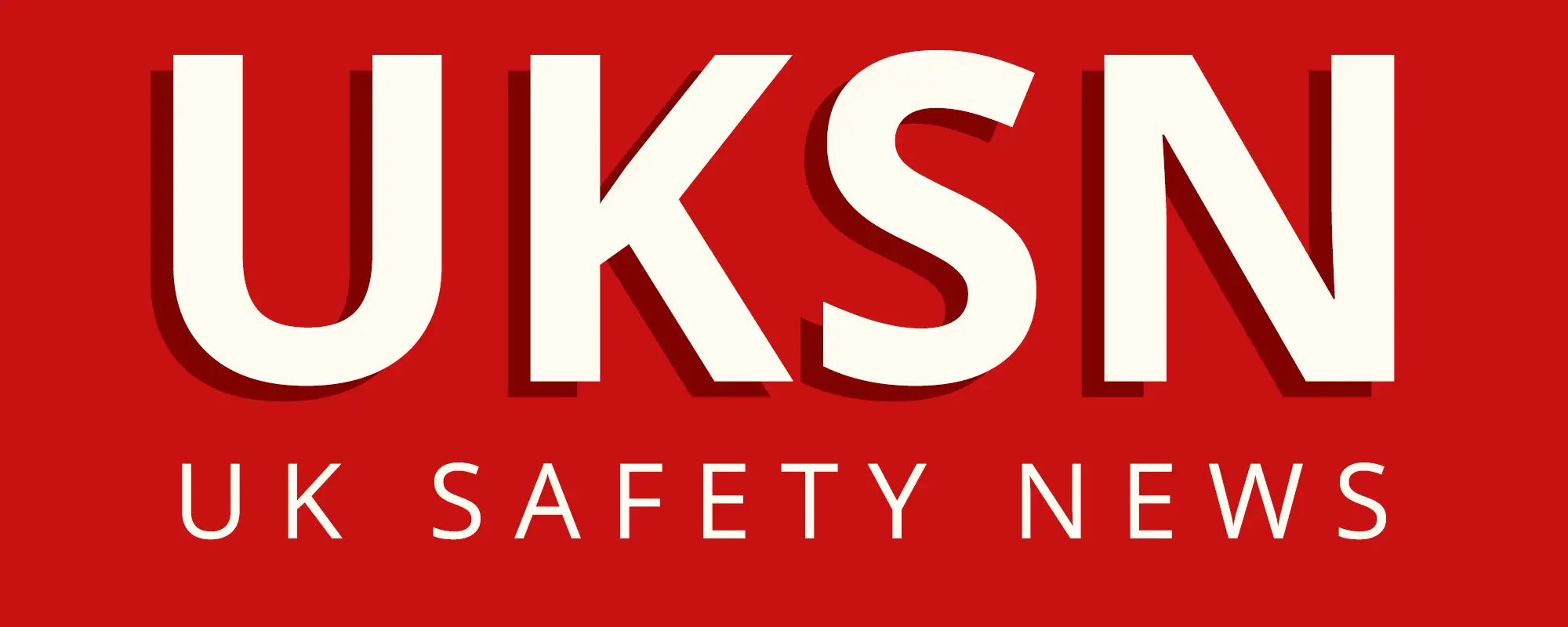
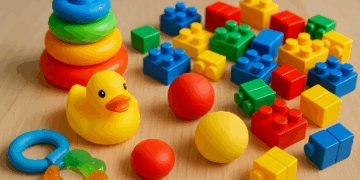
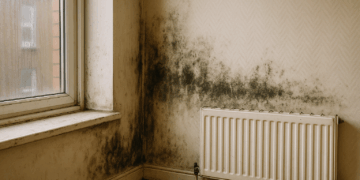
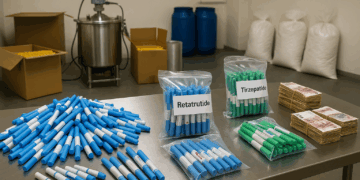
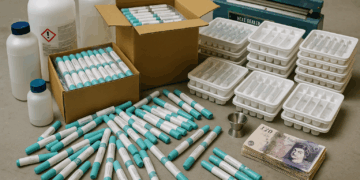
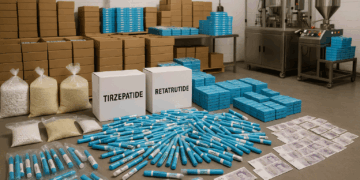
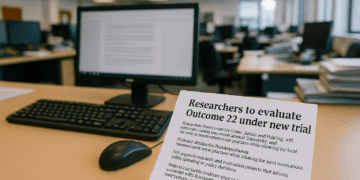

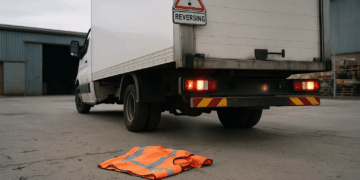
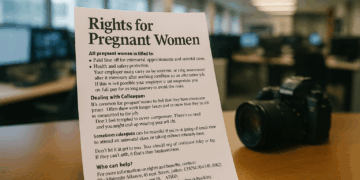


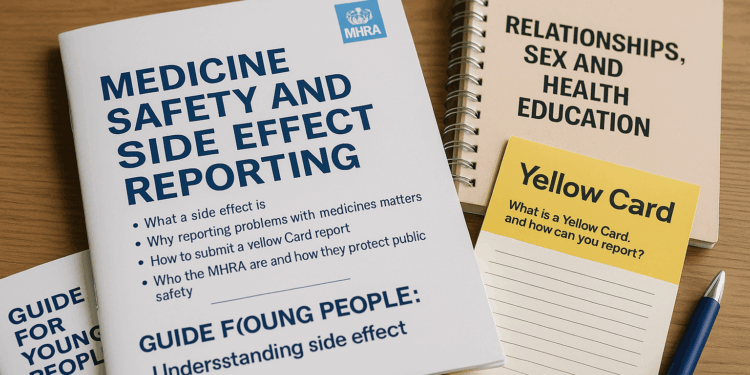
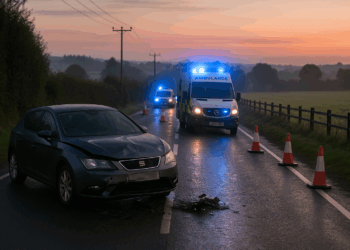






This is a very welcome step. Teaching children how to recognise and report side effects will improve safety and help build a more informed public. Practical resources and clear guidance for schools and families will be key to making sure the message is understood and acted on.